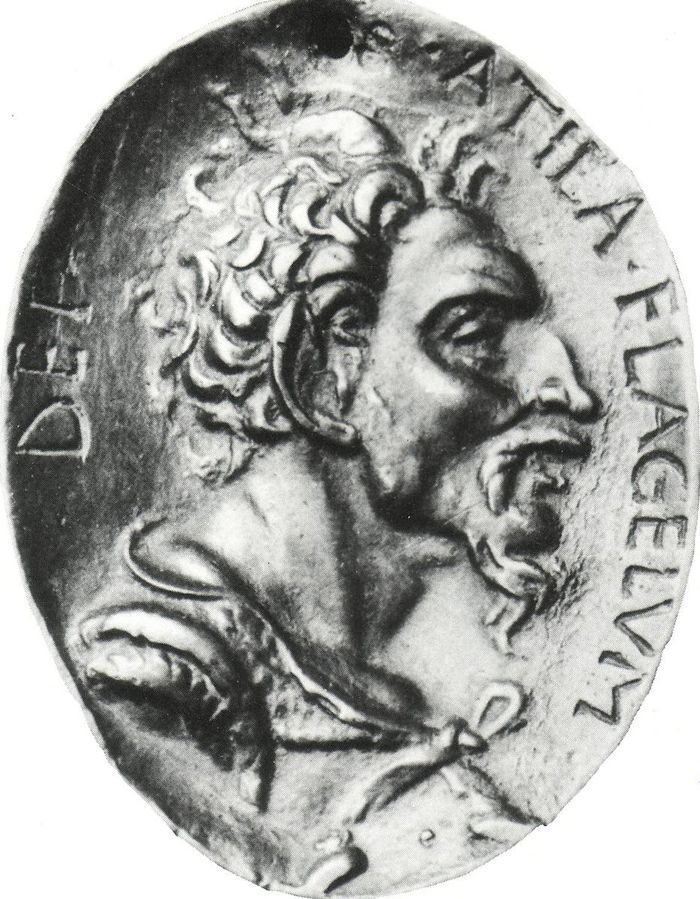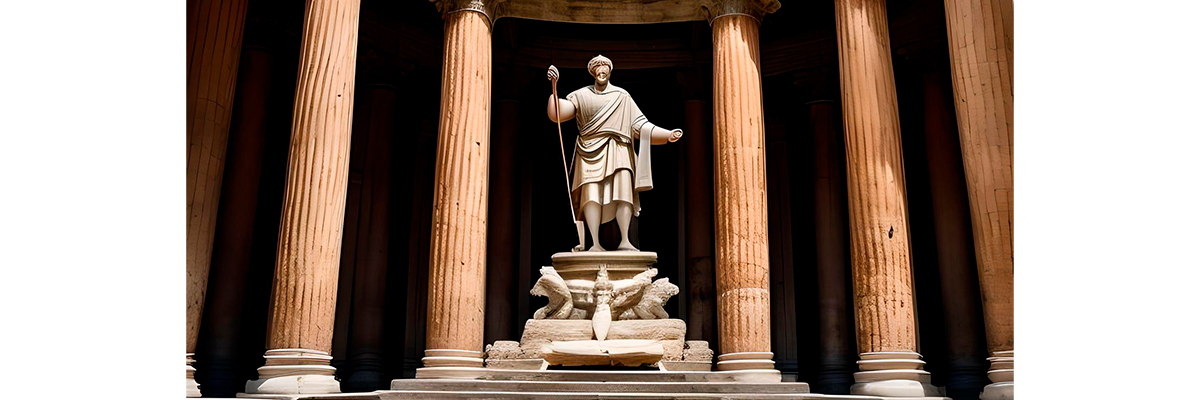Egyptian Hieroglyphics and the Rosseta stone

Egyptian Hieroglyphics
The Old Egyptian Empire created codes that left embedded in the walls of their monuments. These symbols took them from reality and describe what they served to represent the object itself and the word that contained his name, although they mean different things. The Egyptians, with this symbolism, wrote names or ideas that they had no graphical representation for themselves.
The dung beetle
was to the Egyptians representing the sun god himself at mold beetle dung-ball, which then used to lay their eggs. It points out the fact that his progeny from inside that ball, came to mean to the Egyptians, in fact, this idea of cyclical life, civilization prone to symbolic interpretations. The beetle was used as a prized amulet.
The Mummy
The hieroglyph began appearing from the Twelfth Dynasty, 2000 years before Christ, although experts say that the Egyptians practiced mummification from earlier.What they wanted was to preserve the body so that the soul survives. What we got was sure to delay, artificially, the decomposition of dead bodies. This-religious funeral rites began making some 6000 years ago.
As the practice spread to other cultures such as Persian, Jewish or Scythian. It is estimated that more than 700 million corpses were embalmed by the Egyptian civilization.
This symbol is the “Eye of Horus”, the falcon god, which was symbolized as a human eye. This symbol reflects a legend that told how both Seth and Horus fought over the throne of Egypt fought until Seth snatched the eye of Horus. Apparently, Horus, had murdered the father of Seth, who was Osiris.
You may also like
Leave a reply
You must be logged in to post a comment.







The legend also tells of how Thoth, patron of the sciences and writing, got completely heal ojo.Partiendo this myth, to be explained through the symbol recovery.
De Hence, as the beetle , was used extensively by the Egyptian civilization as a charm or decorative element for sarcophagi, even to decorate personal items such as tableware they used.
The phallus
The phallus how could it be otherwise described virility. Always represented and always erect circumcised.
The Rosetta Stone
The Rosetta Stone it was in the sixth century when Justinian banned the Egyptian writing. Scripture which had been conceived as hieroglyphics.
Diodorus Siculus, Greek historian, whose observations and writings have been widely discussed for its lack of rigor, said that “the Egyptian writing does not express the concepts through syllables joined together, but through the meaning of the objects themselves representing . So did an apt description.
There were many scholars of the meaning of this scripture. Some, before they managed to crack the mystery, as we shall now see, come close to understanding what the Egyptians wanted to move with his writings.
For example the priest Athanasius Kircher in the seventeenth century, who also studied Chinese, and was one of the greatest contributions to the study of hieroglyphics. It was not until 1799, after the fortifications of Fort Saint-Julien, a little over four miles from the town of Rosetta, when a worker discovered the stone.
On the black basalt stone, dating from the year 169 BC, appeared three texts, written in three languages, only one known: the Greek. From that knowledge is translated incomprehensible parts, which was the Egyptian hieroglyphic and demotic writing, the latter was a popular script that was used in Egypt a thousand years before the birth of Jesus Christ.
But the real architect of the translation was Jean Francois Champollion, a specialist in Oriental languages, he studied the Rosetta stone for a decade.
It concluded that it was a decree that exalted the figure of the Egyptian king Ptolemy V. A physicist, an Englishman, Thomas Young, was able to prove that the signatures contained in the message called “cartridges” could be translated as “Ptolemy” and “Alexander”. But it was Champollion, who translated the full text. For the Egyptians, according to tradition, writing was something that the gods taught men. Through the centuries, three hundred signs of Egyptian writing has been deemed to have magical powers.